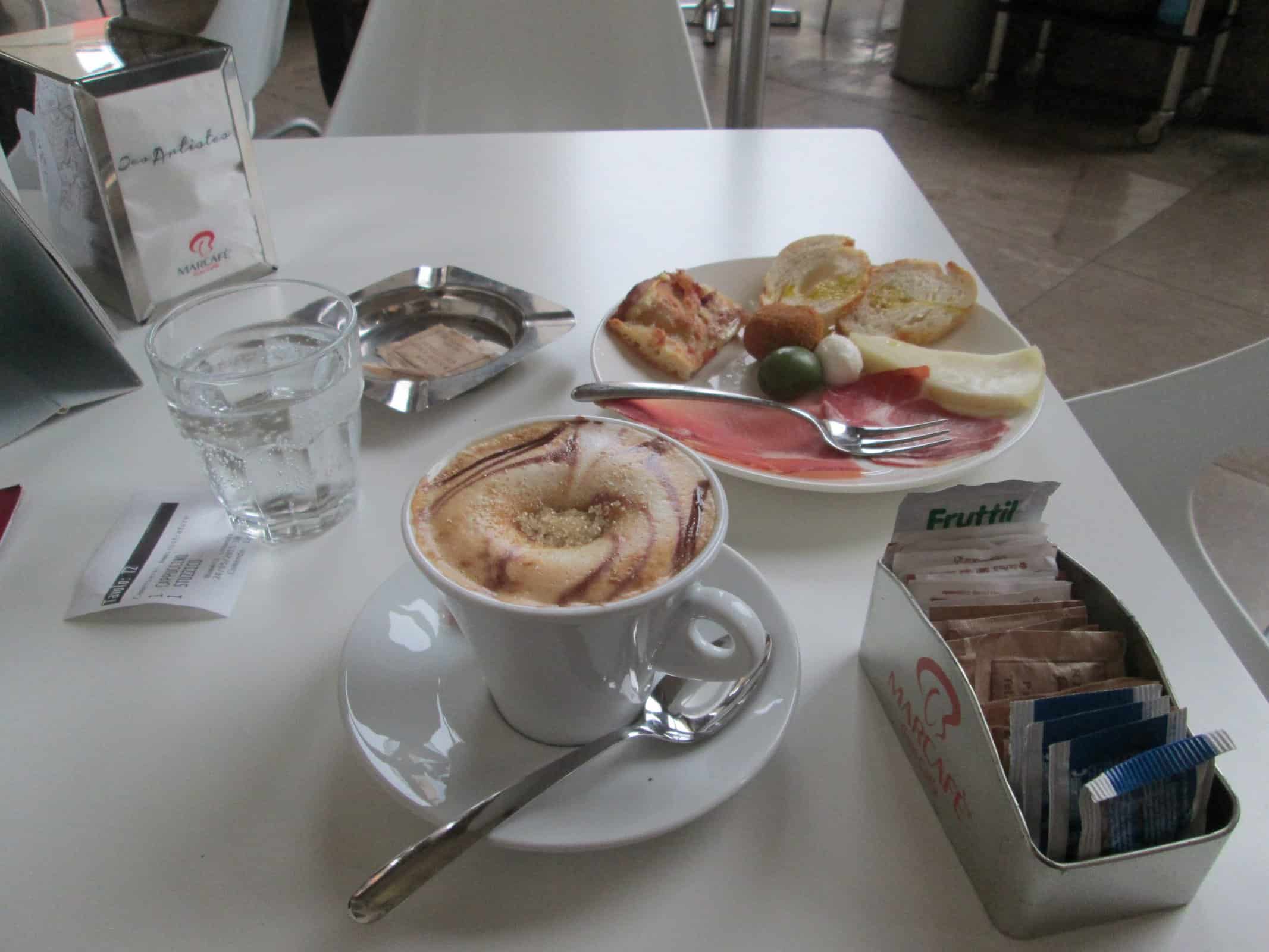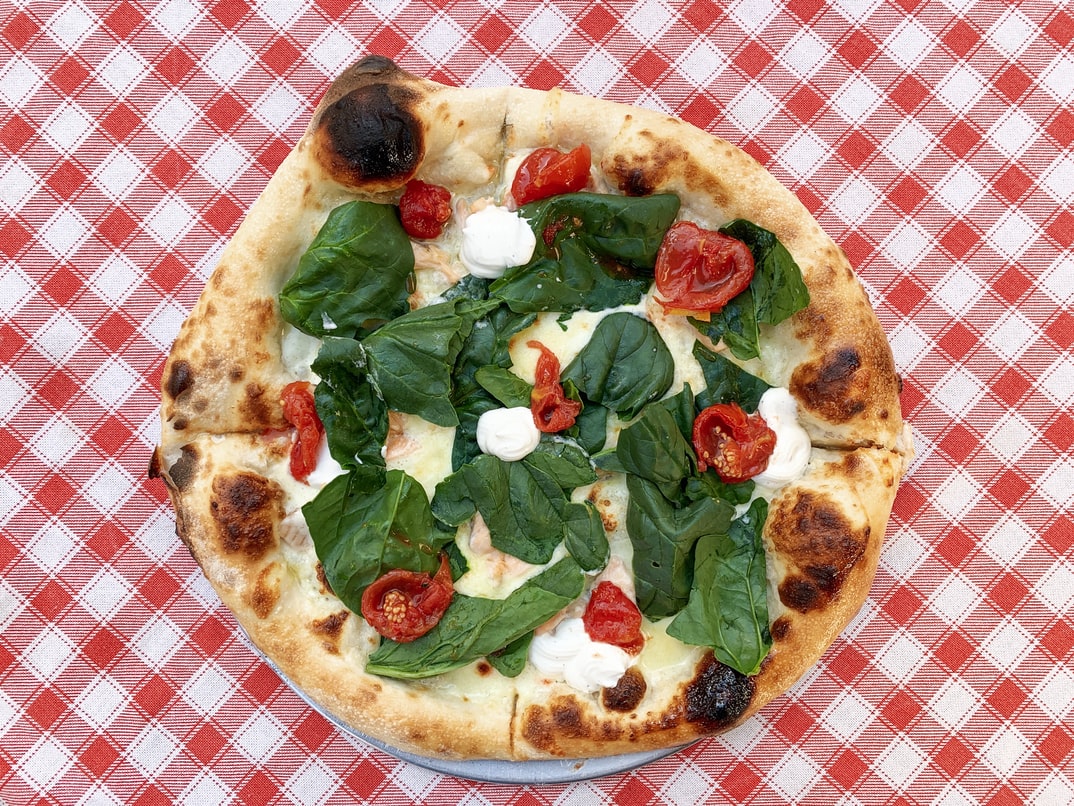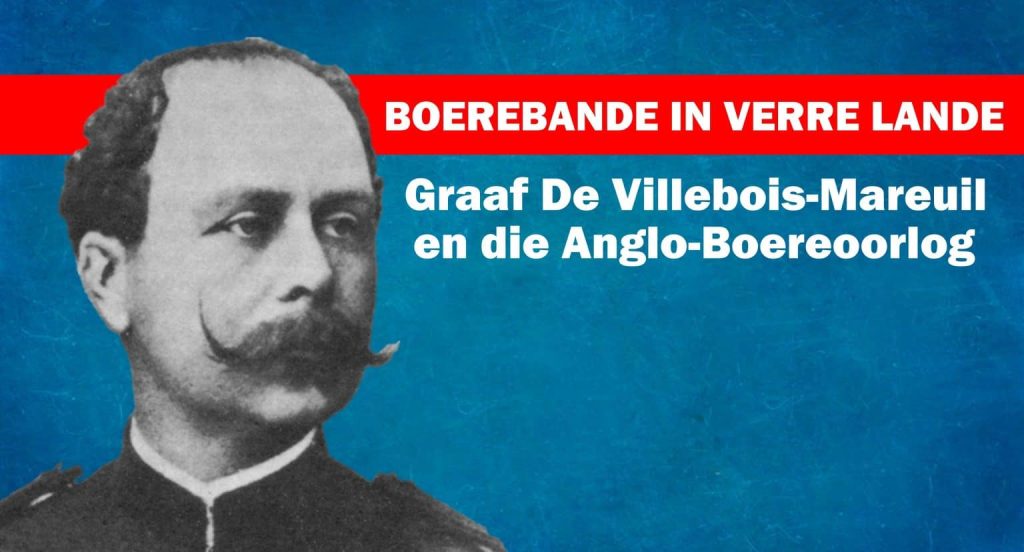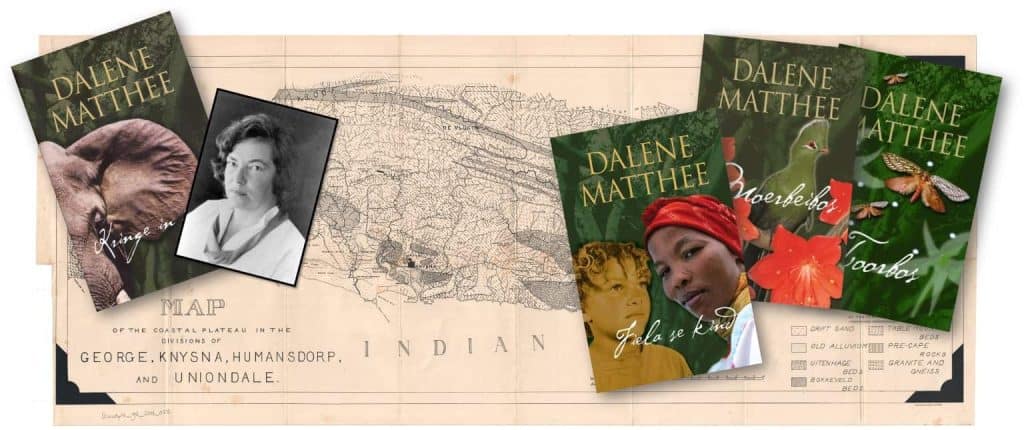By Alana Bailey
The fact that many people who have contracted Covid-19 lose their ability to taste and smell has reminded me of the importance of one’s senses of smell and taste.
It is interesting how intensely one can experience a particular taste, especially when travelling. The memory sometimes lingers on for the rest of one’s life.
Tourism these days increasingly focus on trips aimed at taste trips. People would, for example, visit a specific country or region to taste the traditional products and dishes or even to learn how to make them.
Something I find interesting is how tastes and serving can differ from one place to another.
In 1994 I left the continent of Africa for the first time to visit friends in England. At the breakfast table on my first morning in London my friend asked if she could offer me some orange juice, and I was surprised when it tasted totally different. At first I thought it was simply the kind of juice they had bought, but no, all over Britain and Europe orange juice just has a different taste.
In the Netherlands it was important to learn that coffee the way I like it – with a dash of milk – is called “coffee wrong”. In that country, tea is often served with a cup of boiling water and a choice from a wide variety of tea flavours, with the bag of your choice waiting in a bowl to literally end up in hot water. Milk is nowhere to be seen.
Then, of course, there are the wonderful tastes one comes across and cannot find the exact same thing back home.
An example of this is ice cream in Europe, or more specifically Italian gelato. If you have not tasted genuine gelato, you haven’t lived yet. Once, at a shop offering more than fifty gelato flavours, I ordered stracciatella, simply to pronounce this beautiful name. Like the sounds, the delicious taste rolls of your tongue when you start tucking in. One description of it I have come across puts it romantically:
“Stracciatella is made by dripping a small trickle of molten chocolate into ice cream being whipped. The chocolate solidifies when it makes contact with the ice cream, forming heavenly flakes that combine with the ice cream to literally melt in your mouth.”
Also in Italy, in the small villages of Teramo and Ascoli Piceno, I was introduced to Oliva Ascolana del Piceno. It is a small olive which is depipped, stuffed with meat (ham was very good) and then deep-fried in a crumbly batter. A dainty delicacy!

Then there is a dish called Kaiserschmarrn. It is a Bavarian and Austrian dessert that could be described as scrambled pancake. Basically, it is a pancake made with raisins soaked in rum. The pancake is shredded, and the shreds sometimes are caramelised. It is served with apple pulp, caster sugar, cream and sometimes even other preserved fruit. Perfect after a bitterly cold day spent outside!
In Limburg, “vlaai” is a delicious way to spoil yourself. We could describe vlaai more or less as a flan with a fruit filling, but once again you have to taste it to really appreciate it. In Maastricht there is almost no café without a billboard outside to advertise their unique vlaai and coffee.
Another Dutch favourite is croquettes (kroketten). A croquette of beef with a thick slice of coarse brown bread and mustard that will burn away your sinus problems for a long time, is a taste experience you will remember for many years.
Back home, of course, we are thinking of comforting food such as milk tart, melkkos, bobotie and Cape pondweed stew. Maybe it is a recipe of your mother or grandmother you carry with you in your taste memory, or maybe your own adaptation of the traditional version.
We want to hear from you!
What is your favourite taste memory, or a dish you have discovered and would like to taste again or even make yourself? Let us know here at AfriForum Worldwide!
ALSO READ: The road home




















